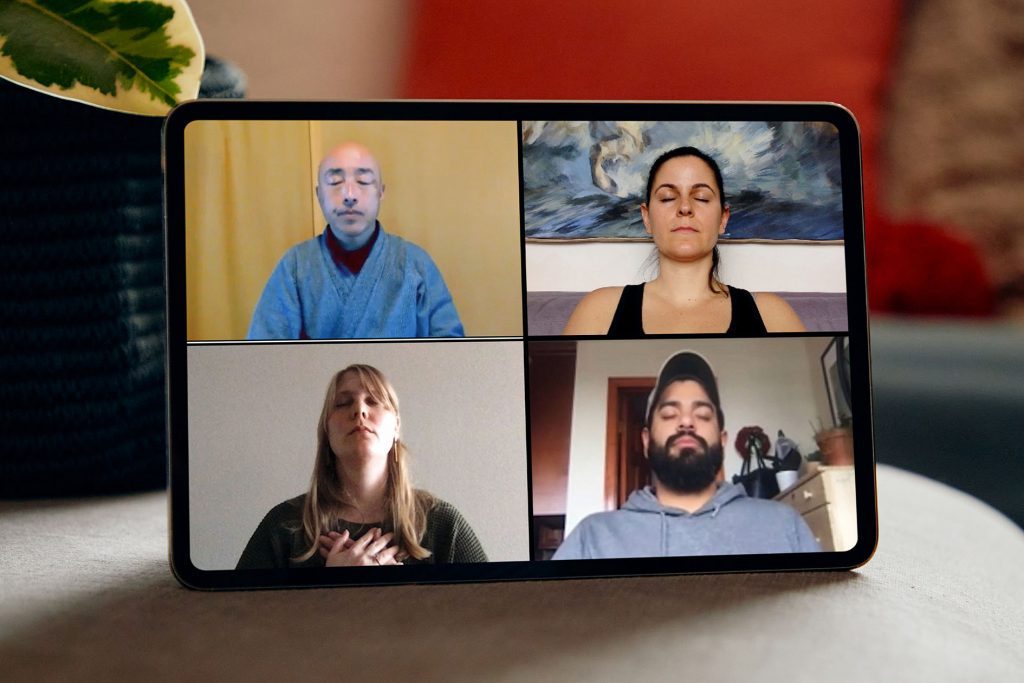Skift Take
Will stay-home travelers be enticed to open up their wallets when physical travel isn’t possible?
Some three months since the coronavirus outbreak struck the region, Asia’s travel players are adjusting to a new normal and planning possible business strategies to ride out the current health crisis for the eventual recovery.
Virtual tours have rapidly surfaced as one of the hottest digital commodities for the global travel and hospitality industry as the coronavirus outbreak grounds airplanes worldwide and saps travel demand worldwide.
Eager to reach out a potential global audience with millions of people now isolated in their own homes, many travel brands from major hospitality chains to destination marketing organizations have also jumped onto the virtual experiences bandwagon.
Get the Latest on Coronavirus and the Travel Industry on Skift’s Liveblog
A New Virtual Reality?
Viator has launched the #RoamFromHome project, which offers a mixture of more than 100 free and paid-for virtual experiences conducted by tour guides and hosts. Airbnb, in a similar move, has brought more than 50 experiences online, spanning meditation classes with Buddhist monks to virtual bike tours with an Olympic gold medalist.
But whether such virtual experiences are able to capture traveler interest — not to mention getting enough paid sign-ups to become a fresh revenue generator — in an age of vast streaming content remains a major question for Ben Dolgoff, co-founder of Bali-based ForeverVacation.
“How do you make the investment made worthwhile?” he questioned during a webinar hosted by Arival earlier this week. “We [tour operators] are in hibernation now and just surviving, as no form of marketing right now can get physical tours booked.”
The sentiment is shared by Amornched Jinda-apiraksa, CEO and co-founder of Thailand’s biggest online travel activity marketplace TakeMeTour, who believes virtual tours are probably just but a marketing and branding tool for travel brands amid the global lockdown.
“I would rather devote efforts to seeking out other revenue streams,” he said. “I’m not pushing to create online experiences or virtual tours as I don’t see them being a revenue generator in the long run.”
Advance Purchase, Flexible Deals
Great-value deals and packages, based on general industry sentiment in Asia, are much more likely to tempt travelers to pre-purchase travel as the region waits out the health crisis.
Trip.com Group CEO Jane Sun, in an interview with Skift earlier this month, revealed that the company is finding new opportunities in advance purchases as China emerges from the coronavirus epidemic. With “very good deals” from attractions, hotels and travel suppliers, customers would be enticed to purchase the trips in advance and provide much-needed cash flow for the suppliers, Sun noted.
Discounting is a tactic that Arigato Japan Food Tours General Manager and Partner Lauren Shannon is deploying to stoke travel interest and bookings for Japan next year, especially as Tokyo Olympics is now postponed to 2021.
“We are selling tours to those who are dreaming of travel and sending the message to suppliers that we are freezing 2020 prices for 2021,” she shared during an online webinar.
Hard-hit airlines, in their quest to get customers back on board, are offering generous and flexible terms that would be unimaginable prior to the crisis.
Cathay Pacific, for instance, has just rolled out a new offer that allows travel consumers to make unlimited changes — up to a year — without extra charge to any new tickets purchased from now until June 30, 2020.
Post-Pandemic Travel
How the economy will look like after the coronavirus pandemic is still a major unknown, but Indonesia-based MG Group President Director Brett Henry, in a webinar assessing the Covid-19 landscape in Southeast Asia, believes that the Y-shaped recovery trajectory to be most plausible future for most markets.
In such a scenario, following a sharp decline the economy will split into two tracks – fast and slow – although most travel businesses are likely to be found on the low branch of the Y, he contended.
The recovery model, according to Henry, can be broken down into four phrases, namely lockdown (2-4 months), restricted (4-9 months), returning (6-12 months) and recovery (12-18 months).
Although revenue-making opportunities in the travel sector are currently limited with most Asian countries essentially still in some form of lockdown, Henry believes the restricted recovery period will bring more opportunities when travel restrictions start to loosen, particularly in the domestic leisure and corporate travel sectors.
With testing and providing proof of health likely to become requirements for travelers to cross borders in the near future, Henry stated that travel players who can help corporates overcome the additional clearance hassles that will be imposed on international travel in the post-Covid world will find new business opportunities.
Already, air passengers arriving into Hong Kong and South Korea’s Incheon airports are already required to go through coronavirus screening at a makeshift off-site testing centers. Emirates, in its bid to encourage travel, is giving passengers rapid coronavirus tests ahead of flights from its Dubai hub, with results available in 10 minutes.
Increasingly, that looks like a post-pandemic travel reality we’re now heading into.
The Daily Newsletter
Our daily coverage of the global travel industry. Written by editors and analysts from across Skift’s brands.
Have a confidential tip for Skift? Get in touch
Tags: asia, coronavirus, tourism, virtual tours
Photo credit: Airbnb offers virtual meditation classes with a Japanese monk as part of its online offerings amid the global coronavirus lockdown. Airbnb
